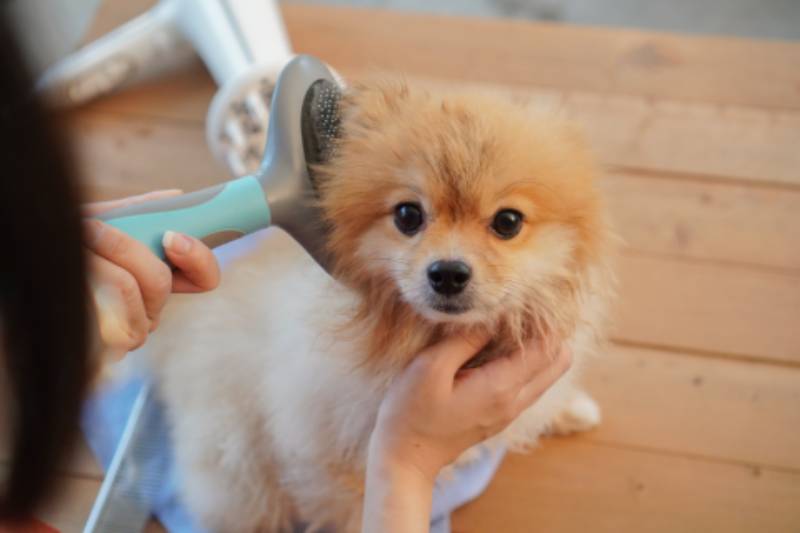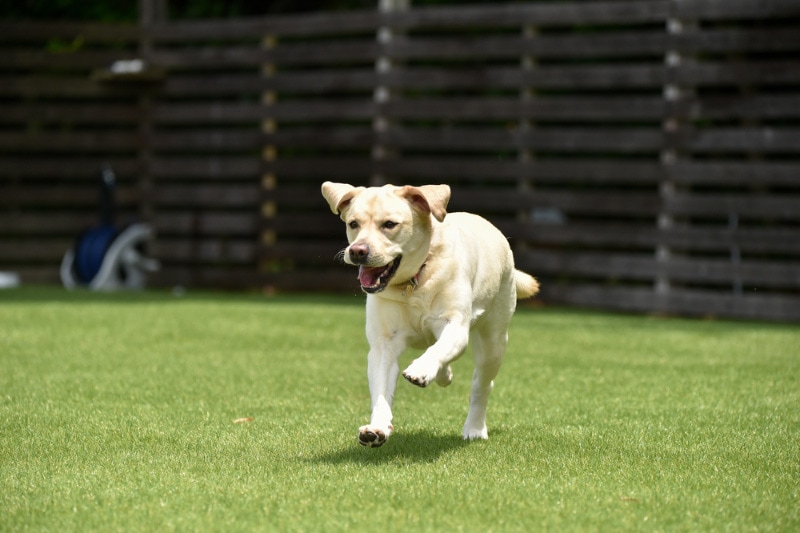How Big Does a Cockapoo Get? Average Weight & Growth Chart
By Jessica Kim
Updated on
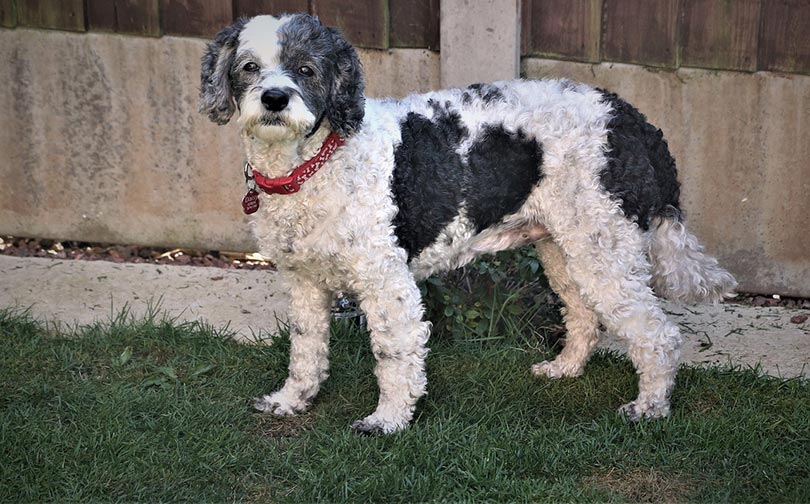
Click to Skip Ahead
Cockapoos are popular hybrid dogs known for their friendly and loving temperaments. They’re often the favored choice amongst apartment dwellers and people living in smaller spaces because they don’t get as big as Goldendoodles and Labradoodles.
There are three main categories of Cockapoos: Toy Cockapoos, Miniature Cockapoos, and Standard Cockapoos. Some breeders will breed Teacup Cockapoos, but they’re much less common than the other three sizes.
Despite having size categories, Cockapoos within the same category can differ significantly in size depending on their pedigree and other factors. However, having a basic growth chart can help you determine if you should be concerned about your growing Cockapoo’s health and development.
In general, a Standard Cockapoo can grow up to 22 inches and 25 pounds in weight.
Facts About Cockapoos
The first several Cockapoo litters started appearing in the 1960s, and it’s believed that they were bred unintentionally. Cockapoos have become popular over the decades and are known to have the sweet and social personality of Cocker Spaniels and the intelligence and loyalty of a Poodle.
It’s important to note that while Cockapoos are often advertised as hypoallergenic dogs, this isn’t always the case. Cockapoos will have varying coats depending on what they inherit from their parents. Cocker Spaniels are moderate shedders, so if a Cockapoo’s coat resembles more of a Cocker Spaniel’s coat, it will shed more.
No dog breed is truly 100% hypoallergenic. Rather than being allergic to pet hair, people with dog allergies have reactions to proteins found on dogs’ skin and in their saliva and urine. So, having a dog that sheds less will reduce the spread of pet dander, but it won’t completely eliminate the risk of allergic reactions.
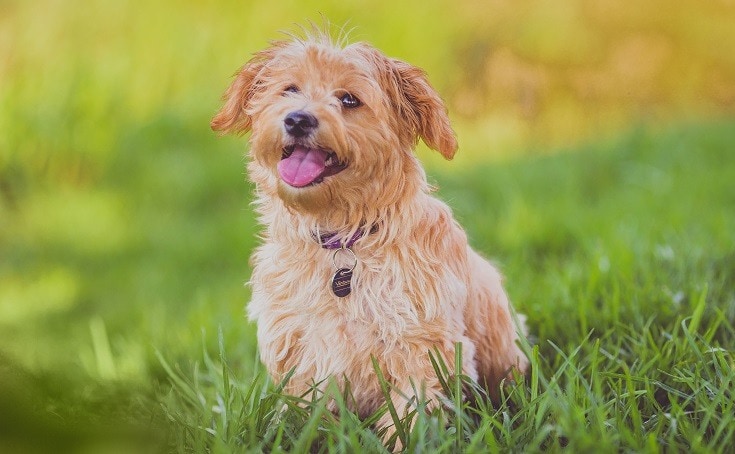
Cockapoo Size and Growth Chart
This chart provides an estimate of the growth rates for Toy, Miniature, and Standard Cockapoos. There is a lot of variation in cockapoo sizes so use the chart as a guideline but look to the health of your own individual dog. Generally, you can expect an adult Toy Cockapoo to weigh about 8 pounds and be 10 inches tall. Miniature Cockapoos will weigh up to 14 pounds and be 15 inches tall, and Standard Cockapoos will weigh up to 25 pounds and get to 22 inches tall.
It’s perfectly fine if your Cockapoo is slightly above or below these size averages. Your veterinarian can also help you track your puppy’s development to ensure that it’s staying healthy through all stages.
| Age | Toy Cockapoo Weight | Toy Cockapoo Height | Miniature Cockapoo Weight | Miniature Cockapoo Height | Standard Cockapoo Weight | Standard Cockapoo Height |
| 1 Month | 2–3 lbs. | 4 in. | 3 lbs. | 5–6 in. | 5 lbs. | 6–7 in. |
| 3 Months | 4–4.5 lbs. | 5–6 in. | 6–6.5 lbs. | 7–9 in. | 8–10 lbs. | 9–11 in. |
| 6 Months | 5.5–6.5 lbs. | 7–8 in. | 10–11 lbs. | 11–12 in. | 12–15 lbs. | 12–14 in. |
| 10 Months | 7–8 lbs. | 9-11 in. | 11–13 lbs. | 12–13 in. | 17–22 lbs. | 16–20 in. |
| 12 Months | 8 lbs. | 10-11 in. | 13–14 lbs. | 13–15 in. | 20–25 lbs. | 18–22 in. |
When Does a Cockapoo Stop Growing?
Most Cockapoos will stop growing around 12 months of age. However, the different size categories may reach maturity at different months. For example, Toy and Teacup Cockapoos may reach their adult size when they’re as young as 6 months old. This is because it’s typical for smaller dogs to reach their peak size faster than bigger dogs.
Standard Cockapoos may take a little longer to reach their full size and may continue to grow until they’re about 14 months old.
When it comes to healthy body weight, Cockapoo puppies and adults should have a clear waistline when you’re viewing them from above. You should also be able to feel their ribs easily. A sagging or swinging stomach indicates that a dog is overweight. A dog at a healthy weight will have a stomach that’s tucked up and not at the same level as the ribcage. Using the body condition scoring method is a useful way to tell if your dog is within a healthy range.
Factors Affecting the Size of Cockapoos
Cockapoos aren’t recognized as official purebred dogs. So, you’ll find a lot of variations in colors, sizes, and stature because there aren’t any regulations on their appearance, like purebred dogs.
Different Cockapoo breeders will have different dogs in their breeding programs. For example, the first generation of parents can be an American Cocker Spaniel or English Cocker Spaniel. The Poodle parent can be a teacup, toy, miniature, or standard size. Breeders may also breed a first-generation Cockapoo with another Poodle in an attempt to produce a litter that more closely resembles the Poodle’s low-shedding coat. They may also breed two first-generation Cockapoos.
Nutrition, health, and exercise will also affect your Cockapoo’s size. Puppies have different dietary needs than adults because of their growth and development. They need to eat a specialized puppy formula to ensure that they get all the nutrients they need to become healthy and strong adults.
Cockapoo puppies also need plenty of physical and mental exercise to help with brain, bone, and muscle development.
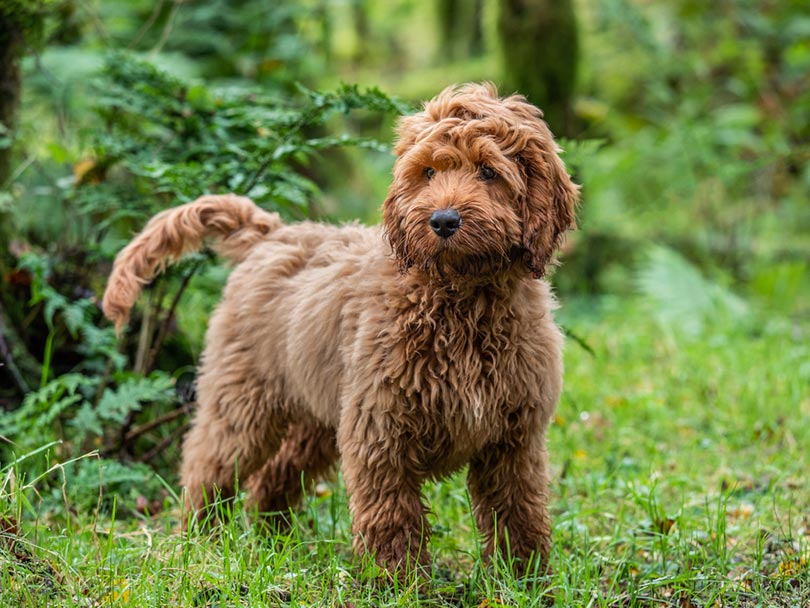
Ideal Diet for Maintaining a Healthy Weight
In general, puppies require a high-protein, high-calorie diet that can keep up with their growth and development. Puppy formulas will also contain DHA, which is an omega fatty acid that helps with brain and vision development. Puppy-specific foods are recommended to ensure the correct balance of nutrients for this vital life stage. Ensure the diet is complete and balanced to meet all their needs, look for the AAFCO statement to this effect on the food.
As your Cockapoo reaches adulthood, you’ll want to switch its diet to an adult formula. If you have a Teacup or Toy Cockapoo, you’ll most likely want to stick to a high-protein and high-calorie formula because smaller dogs tend to have faster metabolisms than bigger dogs and smaller energy reserves.
It’s also helpful to monitor your dog’s activity level. Less active Cockapoos won’t need to eat as much protein, and high-protein diets can even end up being detrimental to their health. It’s best to consult with your veterinarian to determine what type of dog food is best for your Cockapoo. You can also regularly monitor its weight during the beginning of its adulthood to see how much it should eat to maintain its weight.
How to Measure Your Cockapoo
The proper way to measure a dog’s height is to start from its front paws and end at its withers, which are located at the base of the neck and between the shoulder blades. Your dog should be standing rather than sitting. Using a tape measure should help you get the most accurate reading, and make sure to do your best to keep the tape measure perpendicular to the floor.
You can find plenty of pet scales that can help measure your dog’s weight and your vet office will be happy to weigh them for you. Basic obedience training will help keep your puppy sitting still while the scale reads its weight. You can use a treat to guide your puppy onto the scale and then reward it once you get an accurate measurement. Since Cockapoo puppies are small, every ounce counts. So, make sure to document both pounds and ounces when weighing them.
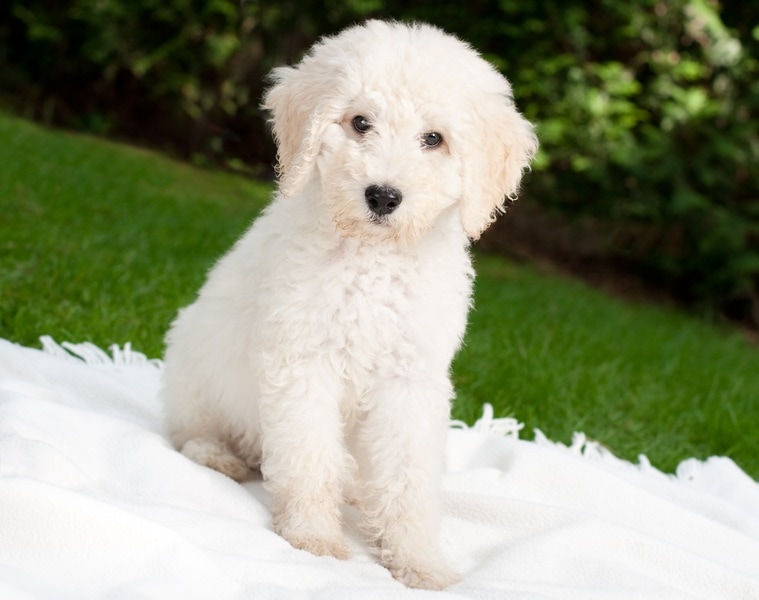
Final Thoughts
Cockapoos will vary in size and weight. So, a Cockapoo size chart can only provide a good baseline for tracking healthy growth for puppies. It’ll also be helpful to become familiar with how healthy dogs look and look for signs of malnourishment or unnecessary weight gain. All these tools will help your Cockapoo puppy grow into a strong and healthy adult.
Featured Image Credit: DavidReed, Pixabay


